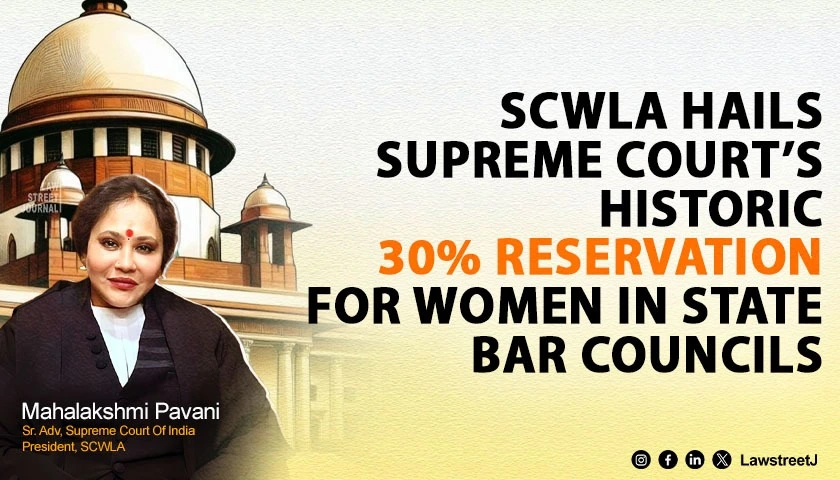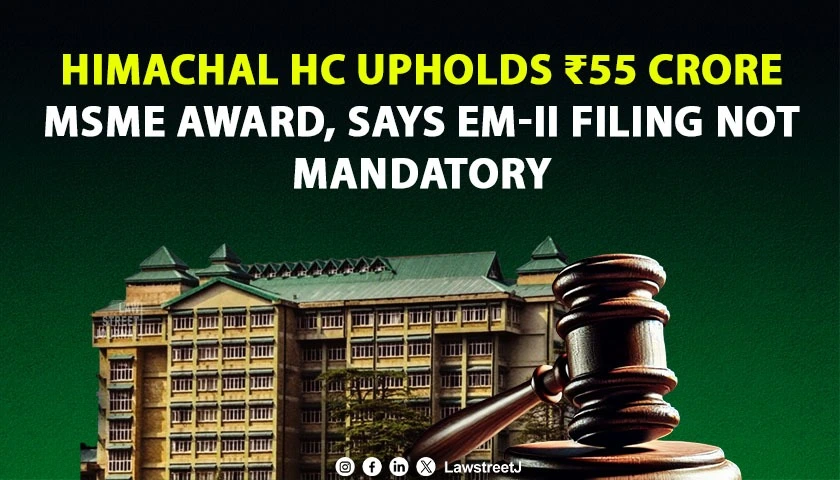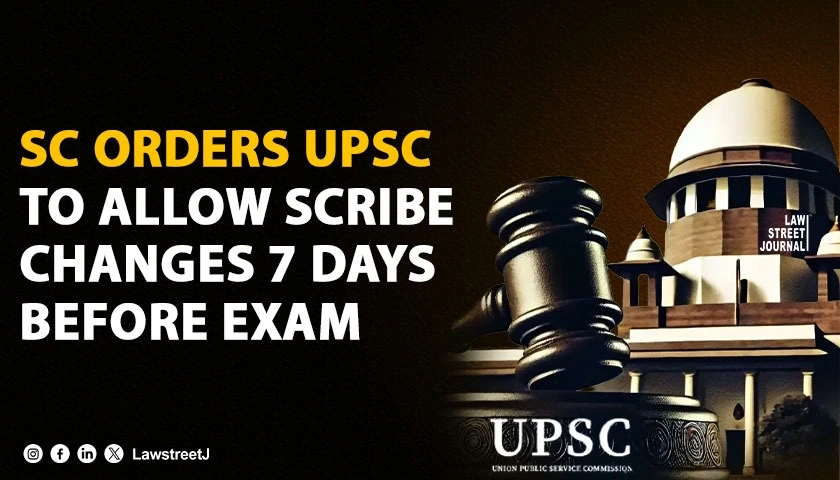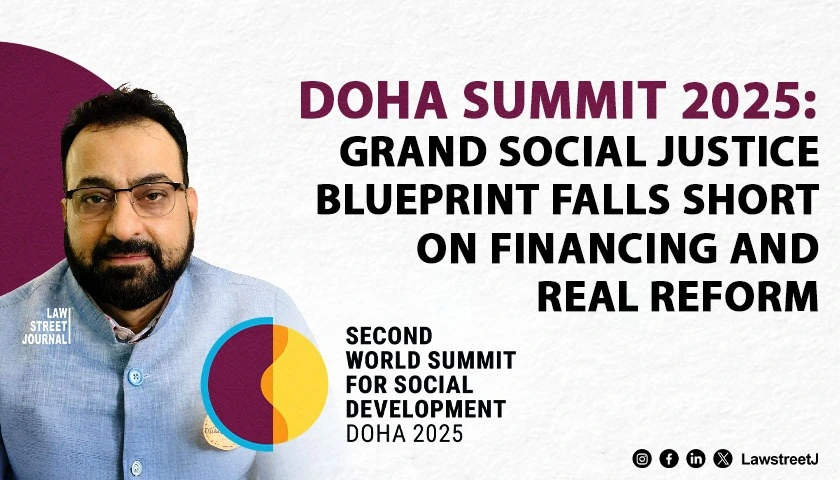Chennai: The Madras High Court has set aside the Patent Office’s rejection of a data-lineage tracking invention, holding that computer-related inventions demonstrating technical contribution are patentable even without novel hardware, and clarifying that Indian law does not adopt the stringent UK approach requiring a direct impact on a computer’s internal workings.
The court of Justice Senthilkumar Ramamoorthy was addressing Transfer Civil Miscellaneous Appeal (Patents) No. 58 of 2023 filed by Ab Initio Technology LLC challenging the rejection of Patent Application No. 4693/CHENP/2010 titled “Graphic Representations of Data Relationship.”
The appellant, represented by counsel Vineet Rohilla and D. Subbin of Remfry & Sagar, challenged the Patent Office’s order dated July 13, 2020, which rejected the application on grounds of non-patentability under Section 3(k) as a computer programme per se, and lack of novelty and inventive step under Section 2(1)(j) of the Patents Act, 1970.
The invention was developed following the 2008 financial crisis to address the challenge of tracing flawed data items and identifying affected computations during data processing—a task traditionally involving tedious manual, step-by-step procedures. The claimed method enables users to generate data-relationship diagrams by selecting data items through a user interface, after which the diagram generator retrieves configuration files and queries the metadata management system to produce data-lineage diagrams showing relationships between programs and data.
Counsel for the appellant argued that the Patent Office failed to properly construe the claims and provided no reasoning to establish how the invention constituted an algorithm or computer programme per se. He contended that the correct standard under Section 3(k) requires analysing whether the invention demonstrates a technical effect or technical contribution, not whether it involves novel hardware.
Special Panel Counsel S. Diwakar, appearing for the respondent along with Assistant Controller Raj Kumar, submitted that the invention involved non-technical method claims related to answering data-relationship queries and generating diagrams using processors, amounting to a computer programme per se. On novelty, he argued that prior art D1 (US Patent 2007/214179 A1) disclosed all features, including methods for searching and retrieving related entities with unified graphical representation.
After examining independent claims 1 and 26, Justice Ramamoorthy undertook an extensive comparative analysis of patent-eligibility standards across jurisdictions, reviewing UK decisions including Aerotel v. Telco Holdings, Symbian v. Comptroller General of Patents, AT&T v. Comptroller General of Patents, and HTC Europe v. Apple Inc., as well as European Patent Office guidelines and Board of Appeal decisions.
The court noted that UK courts applied signposts requiring either a technical effect outside the computer system or an impact on computer architecture, speed, or reliability. It observed:
“Starting from Aerotel, courts in the UK appear to have proceeded on the basis that a claimed computer-implemented invention for software would be a computer programme ‘as such’ unless it has an effect outside the computer system or has an impact on the computer by way of making the computer work faster or more effectively or efficiently.”
However, after analysing EPO guidelines and decisions including T 1924/17 (Accenture Global Services) and T 0697/17 (Microsoft Technology Licensing), the court held that the EPO adopted a more flexible approach—treating database management system implementations as involving technical considerations and not mere computer programmes as such.
Turning to Indian jurisprudence, Justice Ramamoorthy examined Delhi High Court rulings in Ferid Allani v. Union of India, Lava International v. Telefonaktiebolaget LM Ericsson, and Microsoft Technology Licensing, noting the consistent principle that inventions should not be treated as computer programmes per se merely because they contain algorithms or computer-executable instructions.
In a significant pronouncement clarifying Indian law, the court held:
“Under Indian law, patent applications in relation to a CRI, even de hors novel hardware or impact on the internal working thereof, would not be excluded under Section 3(k) if such CRI makes a technical contribution or has a technical effect.”
Rejecting the UK approach, it held:
“Indian law, thus, does not adopt either the extreme position that every computer-related or computer-implemented invention makes a technical contribution or the exacting standard adopted by the UK courts requiring a direct and transformative impact on the internal working of the computer or outside the computer system.”
The court acknowledged that this standard requires “tricky case-by-case analysis” but stated that it is “a price worth paying to strike an appropriate balance.”
The court also undertook a detailed analysis of the claimed invention’s functioning, examining how it uses selection specifications, configuration files, diagram generators, and iterative querying to retrieve and display data-lineage relationships. While the use case may be characterised as cognitive (conveying information), the court held that the invention involves technical considerations, including reduction of query response time, elimination of manual processes, and enabling simultaneous ad-hoc queries in a user-configurable manner.
Concluding on Section 3(k), the court held:
“The claimed invention uses algorithms and computer programmes, but such use results in the technical contribution and effect of reducing query response time, allowing users to pose multiple ad-hoc queries at a time to generate data-lineage diagrams. … These contribute to the technical character of the claimed invention.”
On novelty and inventive step under Section 2(1)(j), the court distinguished the claimed invention from prior art D1, noting that D1 focused on entities and their relationships, whereas the claimed invention focused on data-lineage tracking that identifies source data, modified items, or problematic data within sequences. It held:
“All features of the claimed invention are not present in D1. Hence, the claimed invention satisfies the requirements of novelty.”
On inventive step, Justice Ramamoorthy concluded:
“PSITA armed with D1 and even common general knowledge would not be able to arrive at the claimed invention absent ingenuity.”
The judgment also included an extensive scholarly analysis of the meaning of “technical” in the patent-law context, concluding that the term is used “in the sense of practical methods and skills used in the physical and natural sciences,” rather than in broader disciplinary contexts.
It further distinguished between “technical advance” under Section 2(1)(ja) for inventive step (requiring comparison with prior art) and “technical contribution” for Section 3(k) (which does not require such comparison at the eligibility stage).
In a notable observation on software classification, Justice Ramamoorthy discussed various categories of software—including system software, application software, programming software, enterprise software, and database management systems—while analysing their differing impacts on hardware functionality.
The court therefore concluded:
“Patent Application No. 4693/CHENP/2010 shall proceed to grant on the basis of the last submitted claims.”
Case Title: AB Initio Technology LLC vs. The Controller of Patents & Designs & Anr.

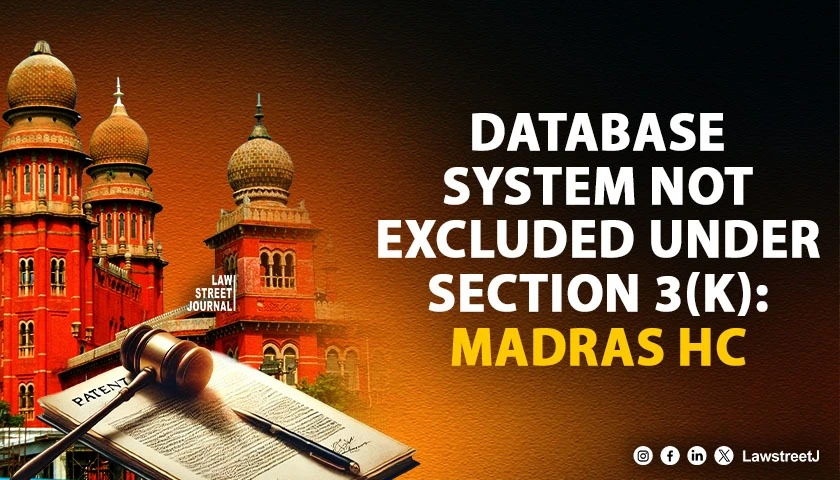


![TN Medical Council declares change of gender identity of LGBTQIA+ as misconduct [Read Notification]](/secure/uploads/2022/12/lj_5268_5cebb05a-97fb-40fb-8045-25cdf8f4207a.jpg)
![Madras High Court Directs Tamil Nadu Government to Ensure Quota for Transgenders in Local Body Elections [Read Order]](/secure/uploads/2023/08/lj_2507_7a03d113-08b1-4670-b6fb-9058aee481d0.jpg)
![Anti Corruption sleuths acted like "puppets in The Muppet Show", HC notice to ex TN CM in disproportionate assets case [Read Order]](/secure/uploads/2023/09/lj_8675_7b37fc02-1b2d-4f4a-9816-3df20545b37e.jpg)
